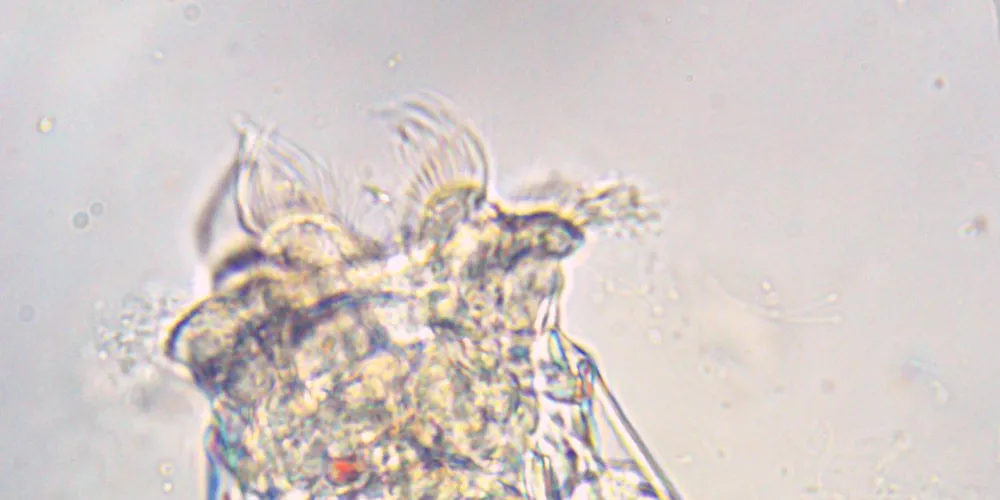Zooplankton Week Part 2: Debunking the myths about rotifers
In part two of our five part sponsored content series, Reed Mariculture deconstructs and corrects some of the misunderstandings around rotifers.

In part two of our five part sponsored content series, Reed Mariculture deconstructs and corrects some of the misunderstandings around rotifers.
